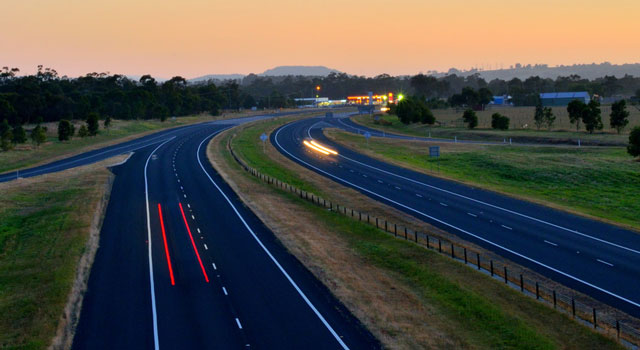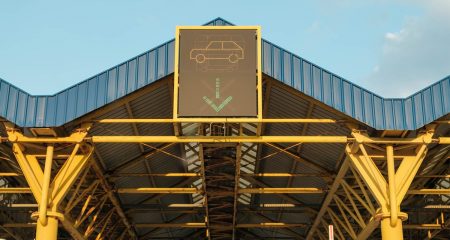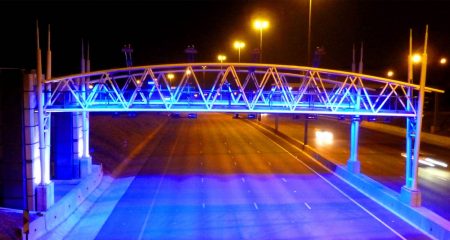
The proposed N1/N2 Winelands Toll Highway Project for the Western Cape will introduce traditional toll booths rather than e-tolling gantries, roads agency Sanral said on Tuesday.
“You’d call it a traditional toll. It’s a boom down situation where you go, you stop, you pay and you go,” project engineer Tiago Massingue said.
He said the e-tolling system, as introduced in the Gauteng Freeway Improvement Project (GFIP), was only valid when roads carried a massive number of vehicles.
An example was the Ben Schoeman Interchange in Gauteng which carried 220 000 vehicles a day, making it impractical to stop and start with traditional tolls.
Massingue said highway portions around Cape Town carried between 52 000 and 160 000 vehicles a day.
“In 30 years from now, if that situation did arise that we jump exponentially to the high volume recorded about the GFIP, then we’ll introduce it [e-tolling].”
The proposed concession route along the N1 extends from west of the R300 interchange through to Sandhills. The N2 portion of the proposed toll road concession extends from west of the R300 to Bot River.
About 180km of highway in the province will be tolled should the project go ahead.
Last May, the Western Cape high court granted the City of Cape Town an interim interdict preventing Sanral from implementing or advancing the toll project, including the conclusion of any contract or commencement of construction.
The interim relief was granted pending the court’s review of Sanral’s decision to implement the toll project. The review date has yet to be determined.
Massingue said they had not negotiated a contract with a prospective concessionaire pending the “unfortunate” court action. — Sapa




